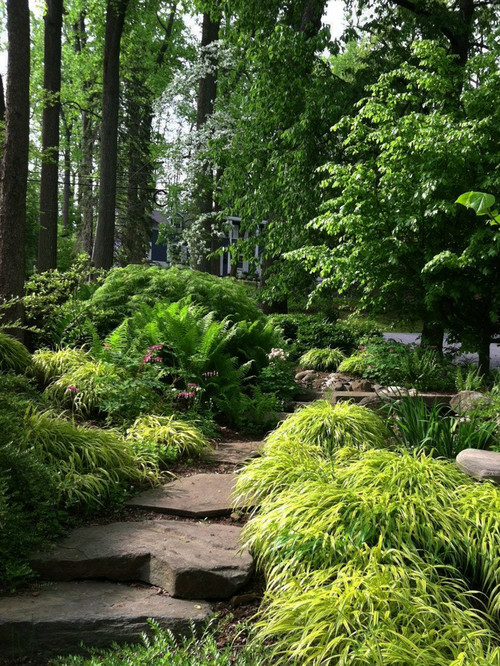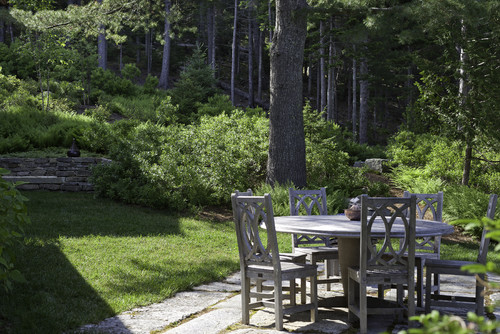Trees are very beneficial in that they help clean the air, shelter wildlife, reduce noise pollution, and much more.
Adding trees to your property can greatly increase your property value.
Instead of planting just one tree, why not plant an entire forest?
Even if you do not have much land, you can have your own micro-forest.
Here are the steps for planting a forest.
 photo courtest of Moldova flickr.com/photos/michisakai/14802360466Time of Year
photo courtest of Moldova flickr.com/photos/michisakai/14802360466Time of Year
The best time of year to plant trees is during the fall or early spring (after the threat of freezing has passed).
New trees may not respond well to freezing temperatures or overly warm temperatures.
Ground Preparation
Before planting, remove all vegetation from the area that may compete for water with your new trees.
For your trees to grow quickly and have a higher survival rate, you should analyze your soil.
If your soil is full of rocks, clay, sand, or other less ideal materials, it should be amended with top soil, compost, or other soil amendments to create a better growing environment.
A Mixture of Native Trees
You should research what trees are native to your area and grow well with little human assistance.
Do not plant exotic trees or trees that do not thrive in your climate, else you will have a hard time keeping them alive.
You should use many different types of trees mixed together to create an interesting and ever changing collection of different greenery at different heights during different months of the year.
Using only one type of tree makes a forest seem plain and feel man made.
Use trees that are appropriate for your site - sunny or shady, wet or dry, etc.
Tree Size
Decide on the size of tree you want to plant for your forest.
For instant impact, you can plant large trees from a nursery, however their price can add up if you are planting many trees.
Consider planting tree saplings that are much less expensive and easier to plant.
Typically, the smaller the tree, the better the survival rate.
You can often purchase tree saplings online inexpensively.
Consider starting with a few large trees from a nursery and plant around those trees with saplings that will fill in the space in a few years.
Proximity
You should know the mature height and spread of the trees that you intend to plant.
Ensure that your trees, once mature, will not interfere with any buildings, power lines, or other items.
Density
If you want a dense forest, plant your trees closer than half of their mature spread.
If you want a less dense forest, then spread them out more.
Do not plant your trees an exact distance from each other - vary the distance to make your forest feel more natural.
Water
Trees need a lot of water to grow, especially when first planted.
The amount of water required will depend on your climate, the size of your trees, and the season in which you plant your forest.
After the first year, most of your plants should be able to survive without you watering them.
Mulch
Mulch around your new trees to keep the soil moist and reduce weeds.








